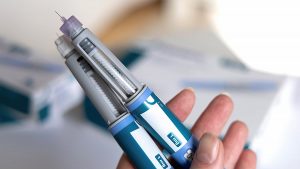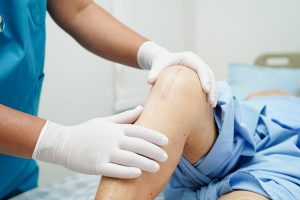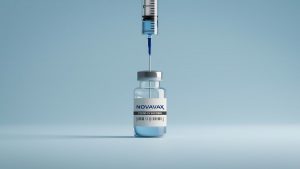Allowing pharmacists to provide the opioid overdose drug naloxone without a prescription led to a huge increase in dispensing of the lifesaving drug in Ohio.
Ohio state lawmakers gave that permission in 2015. Since then, there’s been a 2,328% increase in naloxone dispensing, according to University of Cincinnati researchers.
The study also found that counties with low-employment rates had 18% more naloxone dispensed per month than high-employment counties.
The findings were published online Jan. 31 in JAMA Network Open.
“Our study shows that this change in the Ohio law allowed pharmacists to have more opportunity to participate in the management of patients addicted to opioids,” said lead researcher Pam Heaton, a professor of pharmacy practice.
Most states allow pharmacists to dispense naloxone (commonly known as Narcan) without a prescription. As of May 2019, about 75% of Ohio’s community pharmacies were registered to do so.
Heaton said the dispensing rate in low-employment counties probably owes to the fact that the local pharmacy is often the only health care contact for people there.
“We do not know whether the naloxone was for personal use, a family member or a friend, because the law was written to specifically allow access,” she said in a university news release.
Heaton also noted that the study focused on access and didn’t examine the impact of increased naloxone distribution on the rate of opioid abuse or opioid overdose deaths.
“Overdoses are not a planned event so during an emergency is not the time to try and access naloxone. The intent is for any adult to be able to go to a pharmacy and purchase naloxone for themselves or for anybody who might need it, so they are adequately prepared to administer a life-saving medication,” Heaton said.
Previous research has estimated that opioid overdose deaths fell 14% in states that increased access to naloxone, according to study first author Neha Gangal, a former graduate research assistant at the university.
“Legal barriers needed to be removed to address this important public health crisis,” Gangal said in the news release. “Pharmacists positively impact the health of patients every day and work tirelessly to address the opioid epidemic. By providing naloxone, pharmacists save lives.”
More information
The U.S. National Institute on Drug Abuse has more about naloxone.
Copyright © 2025 HealthDay. All rights reserved.

























